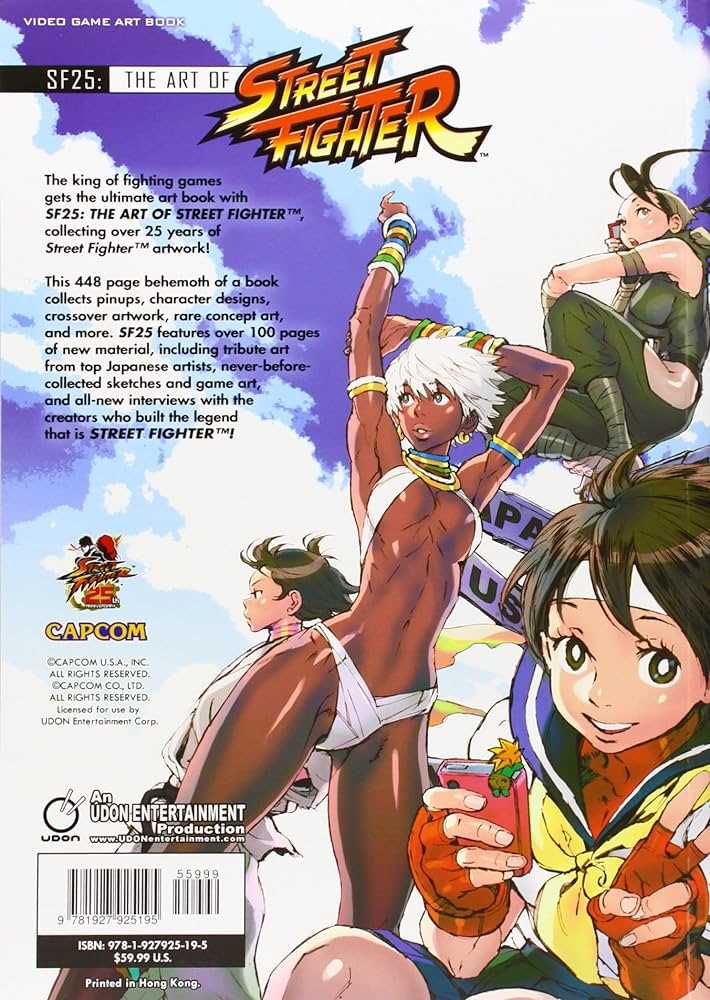
Step into the pulsating heart of the battle as we delve into the immersive world of Street Fighter. This iconic franchise has captivated gamers and art enthusiasts alike for decades, with its vibrant characters, electrifying fights, and unparalleled artistic style. From the ferocious fists of Ryu to the seductive power of Chun-Li, Street Fighter has become a cultural phenomenon, cementing its place in the annals of gaming history as one of the most beloved and influential fighting games of all time.
But what truly sets Street Fighter apart from its contemporaries is its impeccable art direction. Every character is meticulously designed, with their unique personalities and fighting styles oozing off the screen. The artists behind the game have masterfully crafted a diverse roster of fighters, each with their own story and motivations, ensuring that players feel a deep connection to the characters they control.
In addition to the characters, the breathtaking backgrounds of Street Fighter are works of art in their own right. Whether it’s the bustling streets of New York City or the serene backdrop of a Japanese temple, each stage transports players to a different corner of the globe, immersing them in a rich tapestry of cultures and atmospheres. The attention to detail is second to none, with vivid colors, intricate textures, and dynamic lighting bringing these stages to life.
Furthermore, the art of Street Fighter extends beyond the confines of the game itself. The franchise has spawned a myriad of art books, comics, and merchandise, allowing fans to delve even deeper into this captivating world. These works of art showcase the incredible skill and creativity of the artists involved, giving fans a behind-the-scenes look at the process of bringing these characters and landscapes to life.
Street Fighter is a world-renowned fighting game franchise that has captured the hearts of gamers for decades. The game takes place in various iconic locations around the globe, each providing a unique backdrop for the intense battles that unfold.
Characters from Different Cultures
One of the most fascinating aspects of Street Fighter is its diverse roster of characters, each hailing from different parts of the world. From Ryu, the stoic Japanese warrior, to Chun-Li, the fierce Chinese martial artist, players can experience a wide range of cultures and fighting styles through the game’s characters.
The Battle Stages
The Street Fighter series is well-known for its stunning and detailed battle stages. Whether it’s the bustling streets of New York City or the serene tranquility of a Japanese mountaintop, the stages are meticulously crafted to immerse players in their respective environments. These stages not only serve as a visually pleasing backdrop but often feature interactive elements that can be used strategically in battle.
Storyline and Lore

Street Fighter also boasts a rich and expansive storyline that has developed over the years. The game’s narrative explores the motivations and backstories of each character, delving into their personal struggles and quest for ultimate mastery. This lore adds depth and complexity to the world of Street Fighter, making the game more than just a series of fights.
Conclusion
The world of Street Fighter is a captivating one, drawing players in with its diverse characters, stunning stages, and intricate storyline. Whether you’re a long-time fan or just discovering the game for the first time, Street Fighter offers an immersive and charismatic world of combat that is sure to leave a lasting impression.
Timeless Characters that Define the Game
Street Fighter is a franchise that has become synonymous with iconic characters that have stood the test of time. From the original roster to the latest additions, these fighters have captured the hearts of fans all over the world. They are not just characters in a game, but symbols of strength, resilience, and skill.
Ryu
Ryu is the face of Street Fighter. He is a disciplined and focused martial artist who constantly seeks to improve his skills. With his signature move, the Hadoken, and his never-ending quest for self-improvement, Ryu has become an icon in the fighting game community.
Chun-Li
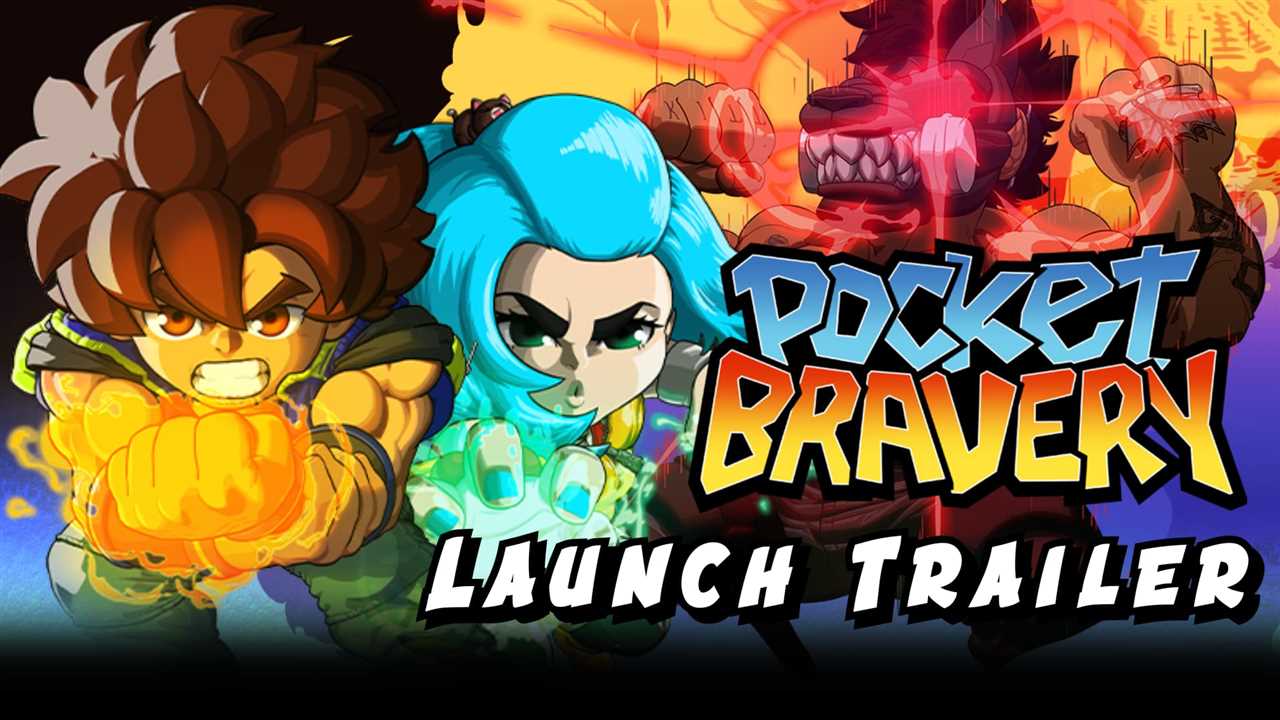
Chun-Li is the first female character to appear in a fighting game and has since become one of the most recognizable and beloved characters in the Street Fighter series. Her lightning-fast kicks and impressive strength make her a formidable opponent. Chun-Li also serves as a role model for many female gamers, showing that strength and beauty can go hand in hand.
These are just a few examples of the timeless characters that define the game of Street Fighter. Each fighter brings a unique fighting style and personality to the roster, creating a diverse and dynamic experience for players. Whether you prefer the classic fighters or enjoy the new additions, it’s clear that Street Fighter wouldn’t be the same without these iconic characters.
| Character | Special Move | Strengths |
|---|---|---|
| Ryu | Hadoken | Discipline and focus |
| Chun-Li | Spinning Bird Kick | Lightning-fast kicks and strength |
The Gameplay Mechanics that Make Street Fighter Unique
Street Fighter is known for its unique and innovative gameplay mechanics that have made it one of the most popular fighting games of all time. These mechanics are part of what sets Street Fighter apart from other fighting games and have contributed to its lasting impact and popularity.
One of the key gameplay mechanics in Street Fighter is its emphasis on timing and precision. While other fighting games may have more lenient input requirements for moves, Street Fighter requires players to be precise with their inputs in order to execute special moves and combos. This adds a layer of skill and complexity to the gameplay, making it more rewarding for players who invest time in mastering the mechanics.
Another unique aspect of Street Fighter’s gameplay is its focus on spacing and footsies. In Street Fighter, players must carefully manage the distance between themselves and their opponent, constantly looking for opportunities to punish or counterattack. This strategic element adds depth to the gameplay and encourages players to think tactically about their positioning and movement.
Street Fighter also introduced the concept of “canceling” moves, which allows players to interrupt certain attacks and immediately transition into a different move. This mechanic allows for creative combinations and gives players the ability to create their own unique playstyles. It also adds an element of surprise and unpredictability to matches, keeping players on their toes and ensuring that no two matches are alike.
Furthermore, Street Fighter introduced the concept of “super moves” or “super combos.” These powerful attacks can be unleashed when a player’s “super meter” is filled, adding an exciting and dynamic element to matches. Super moves have become iconic in the Street Fighter series and are often a defining feature of each character, further adding to the depth and variety of gameplay.
Finally, Street Fighter is also known for its robust multiplayer options. From local multiplayer to online matchmaking, Street Fighter has always provided a competitive and engaging multiplayer experience. The ability to challenge friends and strangers alike has been a key factor in the game’s longevity and enduring popularity.
Mastering Fighter Combos: The Key to Victorious Battles
In the world of Street Fighter, victory is not solely determined by raw power and brute force. It takes skill, precision, and strategy to come out on top in the intense battles that unfold on the streets. One of the most important aspects of mastering the art of combat in Street Fighter is understanding and utilizing fighter combos.
What are fighter combos? In simple terms, a combo is a sequence of attacks that are executed in rapid succession, often resulting in a devastating chain of blows. Combos can involve punches, kicks, special moves, and even grabs. They require precise timing and quick reflexes to perform effectively.
The key to mastering fighter combos lies in understanding the unique properties of each move and how they can be combined to create powerful combinations. Each character in Street Fighter has their own set of moves and combos that can be unleashed with devastating effect. By experimenting with different combinations and understanding the timing and inputs required for each move, players can develop their own personal style and strategy.
Combos can be classified into two main types: link combos and cancel combos. Link combos involve connecting one move with another by timing the second move to connect immediately after the first. Cancel combos, on the other hand, involve canceling the animation of one move into another, often allowing for an uninterrupted chain of attacks.
Mastering fighter combos requires practice, patience, and an in-depth knowledge of your character’s move set. Players must familiarize themselves with the properties of each move, such as their startup frames, recovery frames, and hitboxes. Understanding the range, speed, and damage potential of each move is crucial for creating effective combos.
Furthermore, players must also consider the context in which they are using combos. Combos that work well against a stationary opponent may not be as effective against a moving target. Players must learn to adapt their combos to different situations, taking into account factors such as distance, positioning, and timing.
Another important aspect of mastering fighter combos is understanding the concept of hit-confirming. Hit-confirming involves reacting to the success of an attack by following up with a combo. This requires the player to quickly assess whether their initial attack has connected and then execute the appropriate combo accordingly.
Overall, mastering fighter combos is essential for achieving success in Street Fighter. It adds depth, creativity, and excitement to battles, allowing players to unleash devastating attacks and outsmart their opponents. Experimentation, practice, and a deep understanding of your character’s move set are key to unlocking the full potential of fighter combos and mastering the art of combat in Street Fighter.
Techniques and Strategies to Take Down Opponents
When it comes to Street Fighter, mastering various techniques and strategies is essential for taking down opponents and claiming victory. Here are some key techniques and strategies to help you become a formidable competitor:
| Technique | Description |
|---|---|
| Punishing | One important strategy is punishing your opponent’s mistakes. By anticipating their moves and reacting quickly, you can punish them with powerful counter attacks. This requires good timing and knowledge of your character’s move set. |
| Spacing and Footsies | Mastering spacing and footsies is crucial for controlling the distance between you and your opponent. By maintaining the right distance, you can bait your opponent into making mistakes and create openings for your own attacks. |
| Blocking and Defense | Effective defense is key to survival in Street Fighter. Knowing when to block, how to block, and when to use specific defensive techniques, such as parrying or focus attacks, can help you withstand your opponent’s offensive onslaught and find opportunities to counterattack. |
| Combos and Mix-ups | Mastering combos and mix-ups is crucial for dealing significant damage and keeping your opponent guessing. By stringing together powerful and unpredictable combinations of attacks, you can create confusion and open up your opponent’s defenses. |
| Reading and Adaptation | Street Fighter is not just about executing moves; it also requires reading your opponent’s intentions and adapting your strategy accordingly. By observing your opponent’s patterns, tendencies, and habits, you can make informed decisions and counter their actions effectively. |
Remember, becoming a skilled Street Fighter player is an ongoing journey that requires practice, patience, and a deep understanding of the game mechanics. By mastering these techniques and strategies, you can take down opponents with confidence and enjoy the exhilaration of victory in the world of combat.
Vintage Street Fighter: Embracing the Classic Arcade Era
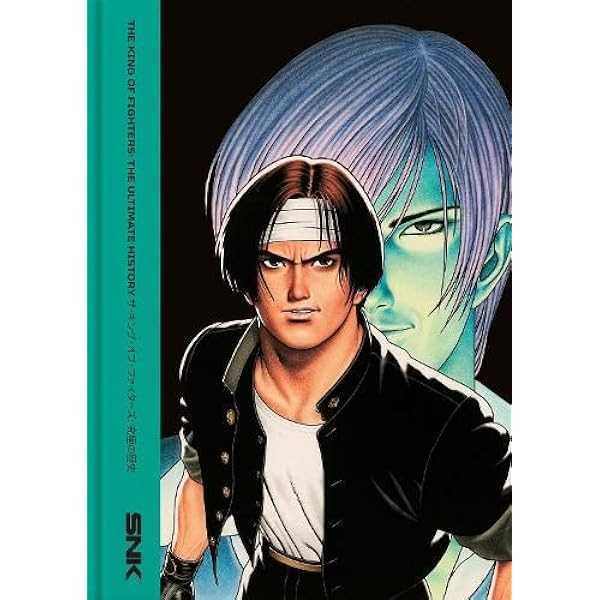
The classic arcade era, which spanned from the late 80s to the early 90s, was a time of excitement and camaraderie. It was a time when players could step into the shoes of iconic characters like Ryu, Chun-Li, and Guile, and unleash their signature moves with lightning-fast reflexes.
This era was defined by more than just the gameplay, however. It was a time when the unique artwork of Street Fighter came to life, captivating players with its vibrant, hand-drawn illustrations. The character designs, with their bold colors and dynamic poses, became instantly iconic and are still recognized today.
The Gameplay
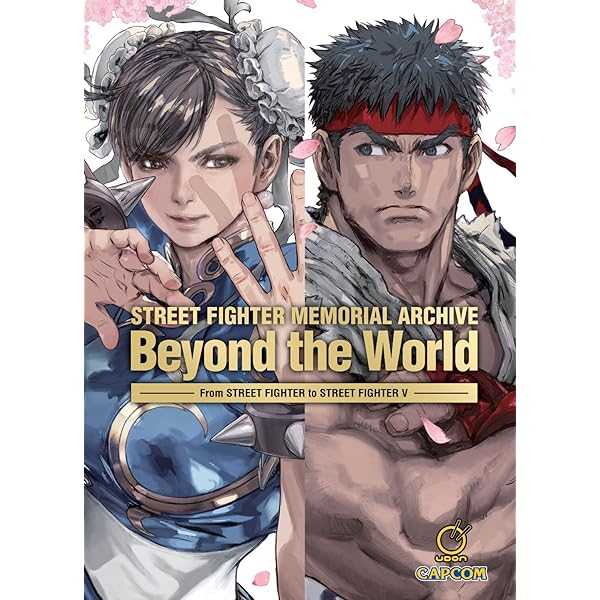
Street Fighter’s gameplay in the classic arcade era was simple yet addictive. Players would choose their character and then face off against opponents in one-on-one battles. With a combination of punches, kicks, and special moves, players could unleash devastating attacks and outwit their opponents.
What made the gameplay truly exciting was the competitive nature of arcade gaming. Players would gather around the machine, watching intently as two skilled opponents faced off. They would cheer and jeer, feeling the intensity of every landed punch and missed opportunity. It was a communal experience that is hard to replicate in today’s online gaming world.
The Legacy
The classic arcade era of Street Fighter left a lasting impact on the world of gaming. It brought fighting games into the mainstream and inspired a new generation of gamers. The success of Street Fighter spurred the development of countless sequels, spin-offs, and adaptations, cementing its place in gaming history.
Even as Street Fighter has evolved over the years, with newer iterations introducing new characters, mechanics, and graphics, the classic arcade era remains a beloved chapter in the franchise’s history. It serves as a nostalgic reminder of the game that started it all and the joy of gathering with friends to compete in epic battles.
So, let’s take a moment to embrace the classic arcade era of Street Fighter. Let’s remember the excitement of stepping into an arcade, the sound of buttons being mashed, and the cheers of victory. It was a time when Street Fighter captured our imaginations and introduced us to a world of charismatic combat.
The Artistry Behind Street Fighter’s Visual Design
One of the defining characteristics of Street Fighter is its captivating visual design. From the moment players first step into the world of combat, they are greeted with a stunning array of colors, characters, and backdrops that help bring the game to life.
The artistry behind Street Fighter’s visual design is a key factor in its success. Every character, from the iconic Ryu and Chun-Li to the lesser-known fighters, has been painstakingly crafted to be visually appealing and unique. The attention to detail is evident in the intricate costumes, expressive facial animations, and fluid, dynamic movements.
Each character in Street Fighter is not only a fighter in the game, but also a work of art. The designers spent countless hours sketching, painting, and refining each character’s look to ensure they fit seamlessly into the vibrant world of Street Fighter. The result is a lineup of fighters that are not only memorable, but also visually striking.
In addition to the characters, the stages in Street Fighter also play a crucial role in creating an immersive visual experience. Each stage is meticulously designed to reflect the character it belongs to, taking players to different locations around the world. From the bustling streets of Tokyo to the mystical temples of India, the diverse range of backdrops adds depth and variety to the game.
Furthermore, the visual effects during gameplay are another testament to the artistry behind Street Fighter’s design. From flashy special moves to powerful attacks, each action is accompanied by vibrant, eye-catching animations that enhance the overall experience. These effects not only add excitement to the gameplay, but also contribute to the visual spectacle that Street Fighter is known for.
The Popularity and Endurance of Street Fighter’s Art
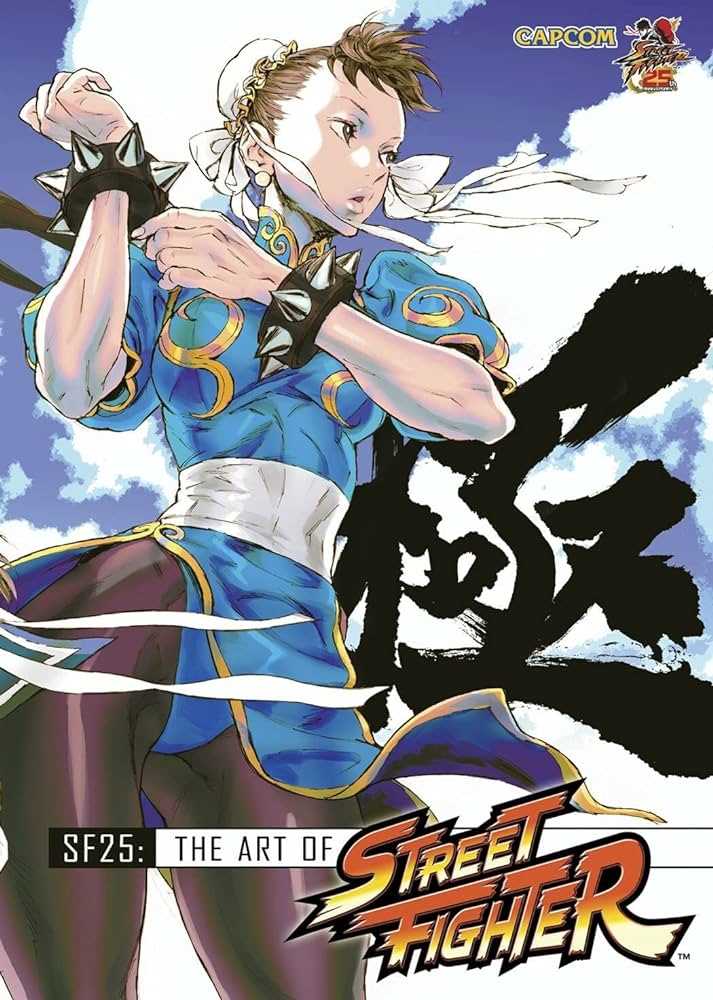
Street Fighter is not just a fighting game; it is a cultural phenomenon that has stood the test of time. With its iconic characters and captivating gameplay, Street Fighter has become a staple in the gaming industry, captivating players and spectators alike.
One reason for Street Fighter’s enduring popularity is its memorable art style. From the intricate designs of the characters to the vibrant backgrounds, every aspect of the game’s visuals is carefully crafted to create an immersive experience. The attention to detail is evident in the fluid animations and expressive facial expressions of the fighters.
Influence on Pop Culture
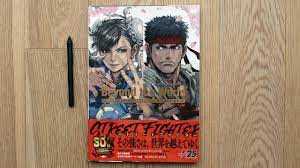
Street Fighter has had a significant impact on popular culture. The game’s characters, such as Ryu and Chun-Li, have become instantly recognizable symbols in the gaming world. Their distinct appearances and signature moves have been celebrated in fan art, cosplay, and even in other forms of media, such as movies and TV shows.
The popularity of Street Fighter’s art extends beyond the game itself. Artists from various disciplines have drawn inspiration from the game’s unique blend of eastern and western art styles. The dynamic poses and flashy special moves are often incorporated into other forms of entertainment, including comic books and anime.
Evolution and Adaptation
Over the years, Street Fighter’s art has evolved alongside the game’s mechanics. Each new installment of the series brings updated character designs, stages, and visual effects that push the boundaries of what was previously possible. This commitment to improving the art ensures that Street Fighter remains visually appealing and relevant to both new and longtime fans.
Furthermore, Street Fighter has successfully adapted to new technologies and platforms. From the classic pixel art of the early installments to the high-definition graphics of the latest releases, the game’s art seamlessly transitions to different mediums without losing its charm and identity.
Street Fighter in the Arcade: Reliving the Golden Age
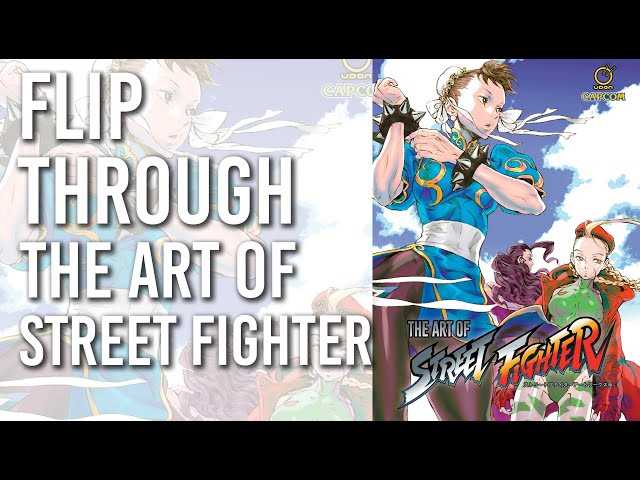
The Birth of a Phenomenon
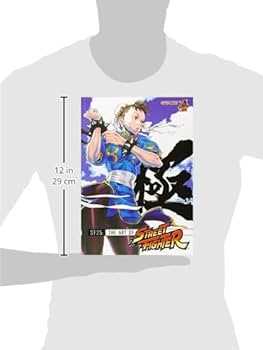
Street Fighter was first introduced in the arcades in 1987 by Capcom. It was an instant hit, captivating players with its unique character selection, special moves, and intense battles. At the time, the arcade scene was booming, and Street Fighter quickly became one of the main attractions, drawing in crowds of people eager to showcase their skills and challenge others.
A Social Gathering Spot
For many gamers, the arcade was not just a place to play video games but also a social hub. Street Fighter, with its competitive multiplayer mode, allowed players to test their skills against each other, forming rivalries and friendships. The arcade cabinets became a gathering spot for players from all walks of life, creating a sense of community and camaraderie.
There was an undeniable energy in the arcades – the sounds of the buttons being mashed, the cheers and groans of the crowd, and the sight of players unleashing their signature moves. Street Fighter provided an immersive experience that no home console could replicate during that time.
The Legacy Lives On
While the arcade scene has evolved, and modern gaming consoles have become the preferred way to play, the impact of Street Fighter in the arcades cannot be forgotten. It was a time when players gathered together, honing their skills and experiencing the thrill of face-to-face competition.
Today, the Street Fighter series continues to thrive, with new iterations released on consoles and the competitive scene still going strong. But for many, the memories of stepping into the arcade, quarters in hand, ready to test their mettle in Street Fighter will always hold a special place in their hearts.
The Cultural Impact of Street Fighter: Influences and Beyond
Street Fighter is one of the most influential video game franchises of all time, with a cultural impact that extends far beyond the realm of gaming. Since its debut in 1987, Street Fighter has not only revolutionized the fighting game genre but also left a lasting impact on popular culture worldwide.
Revolutionizing the Fighting Game Genre
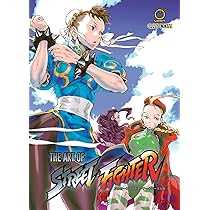
Street Fighter introduced many innovative features that set it apart from other fighting games of its time. The game’s unique combination of complex controls, diverse characters, and strategic gameplay mechanics set the standard for future fighting games. Street Fighter’s success not only spawned numerous sequels and spin-offs but also inspired a generation of game developers to create their own fighting games.
Influencing Popular Culture
The impact of Street Fighter reaches far beyond the gaming community. The game’s iconic characters, such as Ryu, Chun-Li, and M. Bison, have become cultural symbols and recognizable figures in mainstream media. Street Fighter has inspired countless fan art, cosplay, and even music and dance performances. The characters’ signature moves, like Ryu’s Hadouken and Chun-Li’s Spinning Bird Kick, have become iconic references in popular culture.
Legacy and Future
Street Fighter’s cultural impact continues to evolve and grow. The game’s legacy can be seen in the countless fighting games that followed, each building upon the foundation laid by Street Fighter. The franchise’s enduring popularity has led to new iterations and spin-offs, keeping the spirit of Street Fighter alive for new generations of players.
As Street Fighter continues to evolve, its cultural impact will undoubtedly continue to shape popular culture and inspire future generations. From its innovative gameplay mechanics to its iconic characters, Street Fighter has left an indelible mark on the world of gaming and beyond.

I am a mural enthusiast and a fervent admirer of street art. Rather than creating murals myself, I am passionate about collecting them. My love for street art knows no bounds. I am dedicated to curating and cherishing these artworks that grace the streets. My collection stands as a testament to my profound appreciation for this form of artistic expression.
read about me



